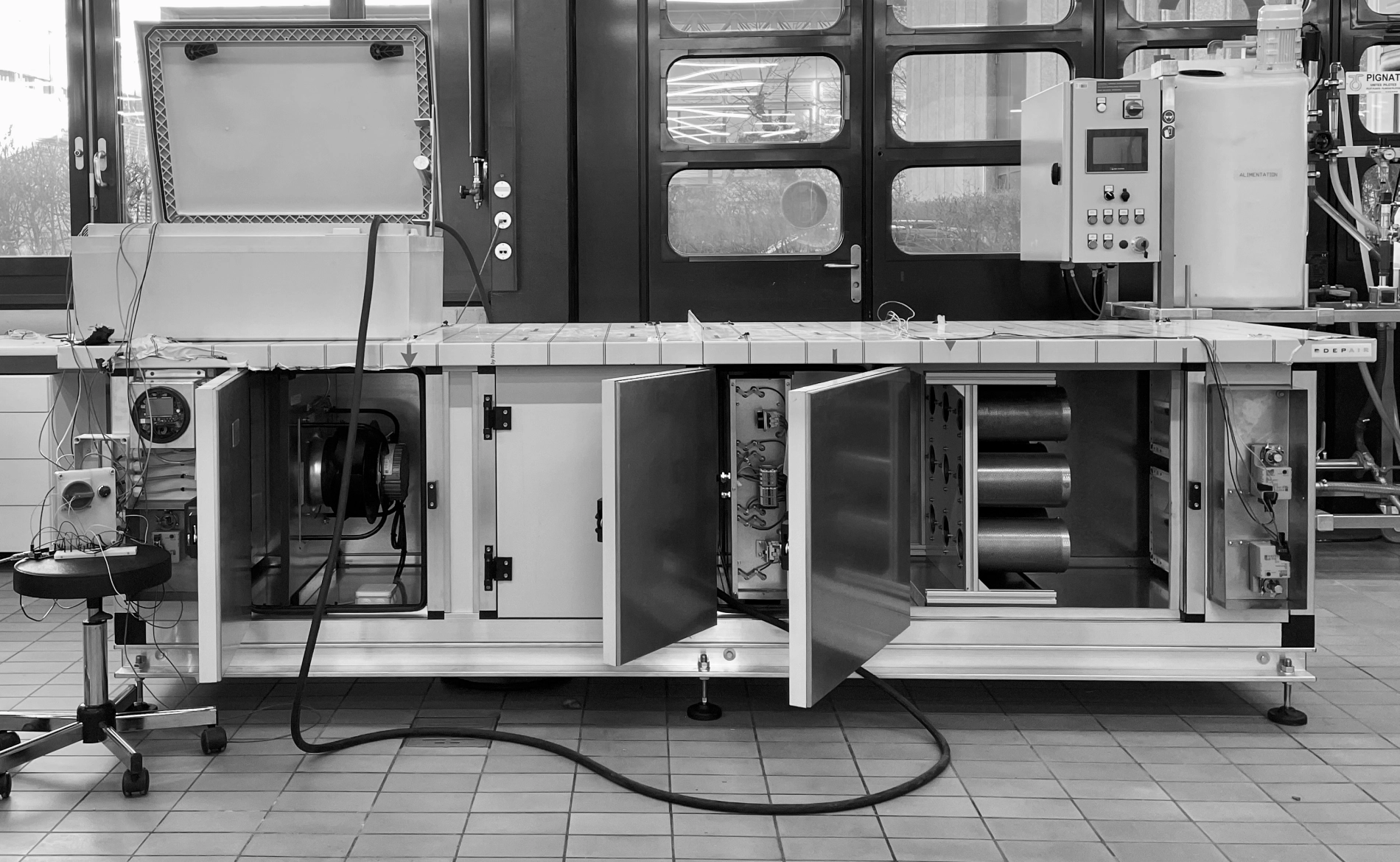How Adsorbents Work in TSA and CO₂ Absorption
A short 3 min introduction

At the Carbon Team, adsorbents play a crucial role and are a topic of ongoing research in our partner laboratories. Combined with temperature swing adsorption (TSA), they can separate and capture gasses - in our case CO2.
Adsorbents are materials designed to attract and hold gases on their surface. Think of adsorbents as special sponges designed to trap CO₂. Just like sponges have pores to hold water, adsorbents have tiny pores that capture CO₂ molecules. But there's a twist: adsobants doesn't just hold the CO₂ forever, they can release it when needed, making them reusable for multiple cycles.
The TSA process can be broken up into two main stages:
1) Adsorption Phase: During this phase, the adsorbent
captures CO₂ from a gas stream. The
adsorbent material is kept at a room temperature, which makes it easier for CO₂ molecules to stick
to its surface.
2) Desorption Phase: Once the adsorbent reaches equilbrium
loading of CO₂, the system heats
it up. The higher temperature shifts this equilibrium, causing the CO₂ molecules to be released and freeing the
adsorbent for reuse. The released CO₂ can then be collected, stored or used for other purposes.
New adsorbants are being disovered and perfected every day to optimize key components. This quest is about finding a balance between critical paramters. The ideal adsorbant should of course have great adsoption capacity and high selectivity (targeting only CO₂ molecules). However, its thermal stability, moisture tolerance and cost of regeneration are just as important factors. Three adsorbants have already proven their efficiency:
• Zeolites are crystalline, porous materials with precise pore sizes that selectively trap CO₂
molecules, making them ideal for high-concentration CO₂ capture in industrial settings.
• Metal-Organic Frameworks (MOFs) are highly tunable materials with massive internal surface areas,
offering exceptional CO₂ capture capacity and selectivity, especially in advanced technologies.
• Activated Carbon is a versatile, porous material derived from organic sources known for its high
surface area and ability to work effectively in humid and variating temperature conditions.
Adsorbents are vital tools at the Carbon Team for tackling climate change. By selectively capturing CO₂ through adsorption and using thermal energy to release it, these systems offer a smart and sustainable way to manage carbon emissions.
Don't hesitate to reach out to us for more information !